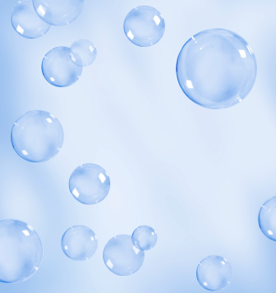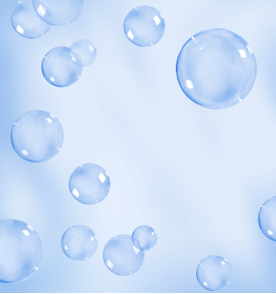Tiny Bubbles Burn Just Fine
Making things smaller often changes their behavior. For example, flammable gases don’t burn easily in micron-sized bubbles, because the relatively large surface area sucks away the heat needed to sustain combustion. But making the bubbles even smaller can reverse the situation.
In an article in Physical Review E, Vitaly Svetovoy of the University of Twente in the Netherlands and colleagues show evidence for spontaneous combustion in bubbles smaller than 200 nanometers in diameter. To generate hydrogen or oxygen gas from water, the researchers apply brief negative or positive voltage pulses to a submerged metal electrode. Nanobubbles of either gas alone persist and aggregate into larger bubbles. In contrast, rapidly alternating the voltage polarity creates mixed bubbles that disappear as the gases react.
The explosive combustion mechanically damages the nearby electrode and also causes a tiny but measurable heating of a nearby conductor used as a thermometer. The researchers suggest that in such small bubbles, surface tension creates many atmospheres of pressure that enhance the reaction, and fast dynamics may also influence the reaction. — Don Monroe





